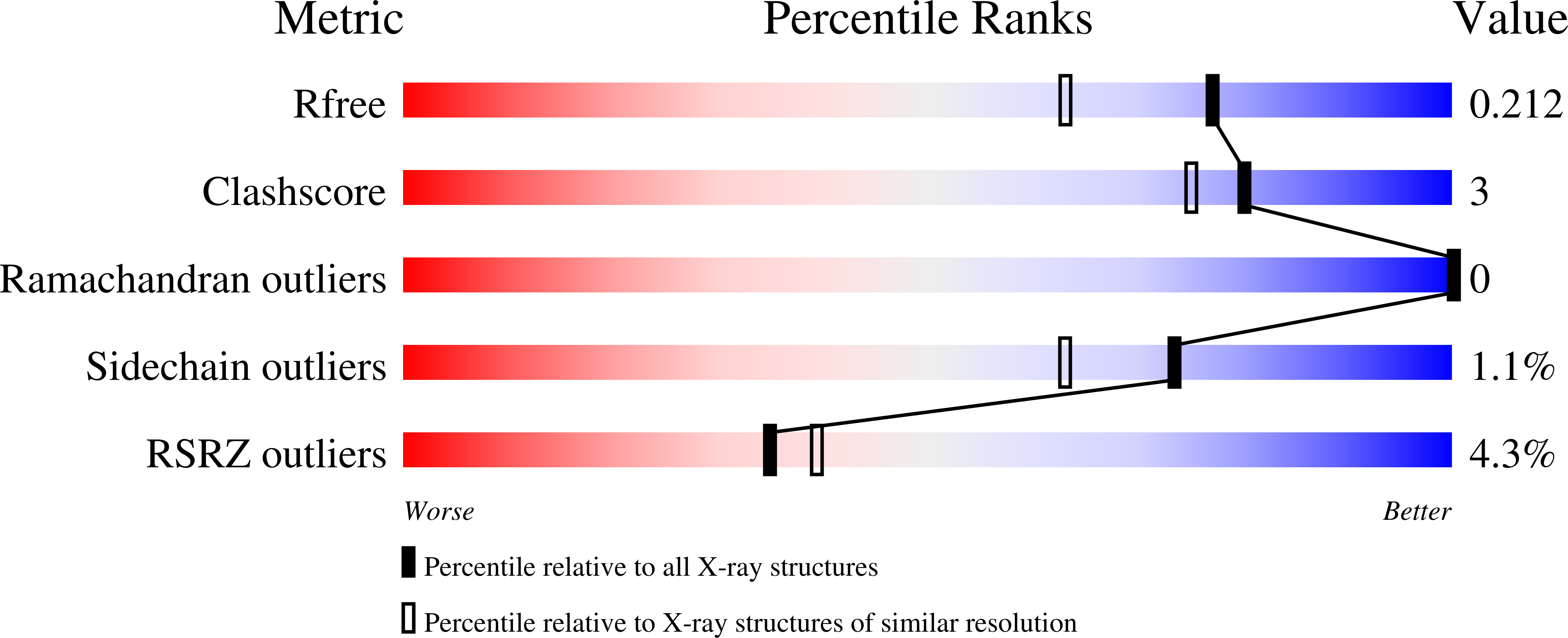
Deposition Date
2020-09-04
Release Date
2021-02-17
Last Version Date
2024-11-06
Entry Detail
PDB ID:
7AAK
Keywords:
Title:
Human porphobilinogen deaminase R173W mutant crystallized in the ES2 intermediate state
Biological Source:
Source Organism:
Homo sapiens (Taxon ID: 9606)
Host Organism:
Method Details:
Experimental Method:
Resolution:
1.70 Å
R-Value Free:
0.21
R-Value Work:
0.18
R-Value Observed:
0.18
Space Group:
P 21 21 21


